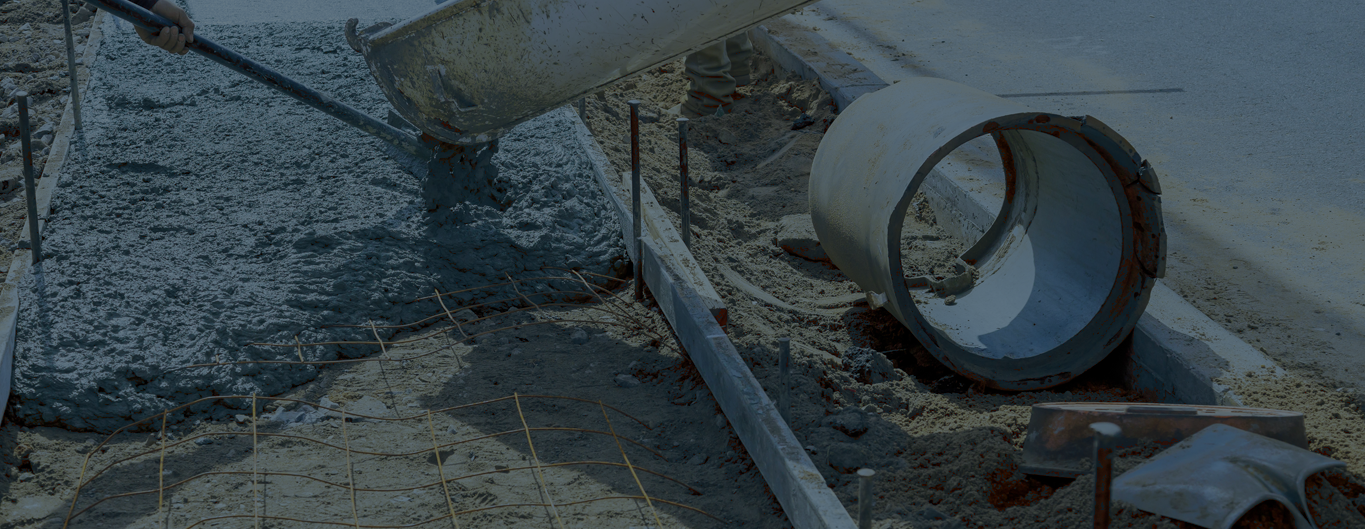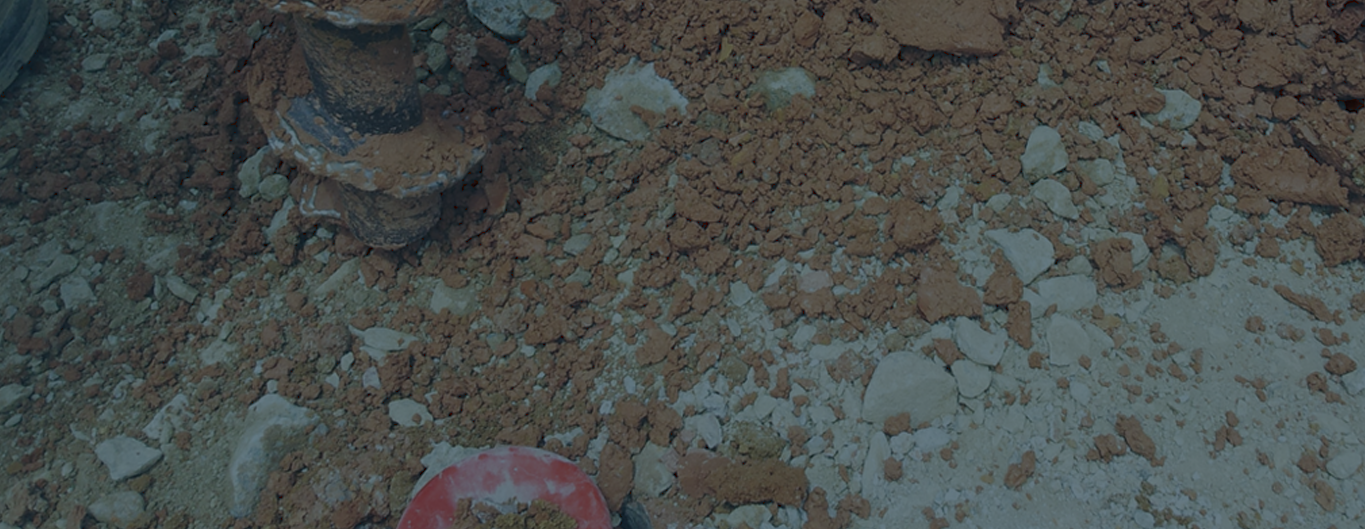Learn global best practice in buried pipe design as outlined by the American Society of Civil Engineers (ASCE) standards.
Designers often think of design and installation of buried pipe as two separate processes. In fact, because of the fundamental importance of good soil support in pipe performance, the two processes can’t be separated.
In this course, two leading engineers in the field will upskill you on pipe-soil interaction behaviour, how it applies to your designs, and how to achieve your design assumptions in construction.
The principles you’ll learn in this course apply to all types of pipe, and include the ACSE Standard 15-93 for design and manufacture of reinforced concrete pipe.
You’ll leave knowing how the simultaneous consideration of pipe and soil, as two parts of one pipe-soil system, can optimise pipe performance and longevity, prevent failures and minimise the high cost of downtime and repairs.
This course is run exclusively by The American Society of Civil Engineers with Engineering Education Australia.
EA members get 15% off on selected workshops and training. Not a member? Sign up now
*1% credit card surcharge applies.
Any questions?
Contact us
Please register at least two weeks before the scheduled course start date.
EA members get 15% off on selected workshops and training. Not a member? Sign up now
*1% credit card surcharge applies.
Any questions?
Contact us
Please register at least two weeks before the scheduled course start date.
We can customise this course for groups of six or more.
You choose the time, place, duration and format.
Find out how we can help you and your team by completing an enquiry form or calling us on +61 3 9321 1700.
Learning outcomes
- Explain the latest changes in pipe specifications and why they are being made
- Recognise, from case histories, what can go wrong in pipeline construction and the consequences of not following good practice
- Design installations that minimise risk
- Explain how uncompacted bedding can help pipe performance
- Explain the correlation between soil density, which is measured in the field, and soil stiffness, the soil property that affects pipe performance
- Identify the best in-place density tests for different soil conditions
- Use flowable fill (controlled density fill) for pipe embedment and backfill
- Apply approximate and sophisticated methods for predicting deflection of flexible pipe
- Utilise the ASCE Standard 15-93 for design and manufacture of reinforced concrete pipe and other ASCE standards for reinforced concrete pipe and box sections
- Explain the relationship between pipe and soil and know how to apply this information in your own work to build durable, efficient pipelines which yield substantial short and long term savings for you, your organisation, and your clients
Is this course for you?
This course has been designed for anyone involved in pipe design and construction.
It is particularly useful for:
- Design engineers
- Project managers
- Construction foremen
- Public works engineers
- Construction managers
- Soil testing personnel
- Pipeline owners
- Contractors
- Specification writers
- Construction inspectors
There are no prerequisites for this course.
Topics we'll cover
Day One: Led by Peter Nardini
- Pipe Materials and Design
- Soil Properties
- Loads
- Elasticity Design Methods
- Iowa Deflection Formula
- Ring Compression Theory
- Finite Element Analysis
- Universal Design Concept
- Analysis and Design of Flexible Pipe
- Analysis and Design of Rigid Pipe (including ASCE 15-93)
- Design for Longitudinal Effects
- Analysis for Buckling Capacity
Day Two: Led by Amster Howard
- Pipe Installation
- Fundamentals of Pipeline Installation
- Shipping, Handling & Storage
- Inspection of Pipe Interiors
- Trench Excavation
- Foundation & Bedding
- Laying & Joining
- Appurtenances & Fittings
- Embedment & Backfill
- Soil Classification
- Soil Properties
- Compaction of Soil
- Installation of Flowable Fill
- Safety Concerns
Amster K. Howard, Jr., M.ASCE, is an international pipeline installation expert and instructor on soil classification, earthwork construction control, and pipe installation. He spent over 30 years conducting research on buried pipe and troubleshooting for pipe installation projects for the Bureau of Reclamation.
He has been a keynote speaker for the European Clay Pipe Association and the Plastic Pipe Institute. His table of E Prime values has been adopted by AWWA, ASTM, and ASCE for use in the Iowa Formula to calculate the deflection of buried flexible pipe.
He wrote an ASTM standard for construction practices for plastic pipe and is currently working on a standard for installing pipe using flowable fill. Mr. Howard is now a consulting civil engineer in Lakewood, Colorado.
Peter D. Nardini, P.E., P.Eng. is Water & Industrial Infrastructure Division Head with U.S. engineering firm, Simpson Gumpertz & Heger. Peter leads teams of specialised engineers in conducting condition assessments, failure risk analyses, failure investigations, and repairs for pipelines. His background in civil engineering and knowledge of engineering mechanics informs his consulting efforts on concrete, metallic, and HDPE pipeline systems for clients.
Peter is committed to sharing his expertise, including co-authoring a best practices manual for the condition assessment of PCCP, sponsored by the Water Research Foundation; creating risk-based pipeline asset management plans, with GIS-based tools to implement them; and developing the Thrust Restraint Design Program computer program for buried concrete pipelines.
He is also an active member of ASCE and AWWA; served on the board of directors for BSCES; and received the BSCES President’s Award for his dedication to the Utility Engineering & Surveying Institute Boston Chapter.


